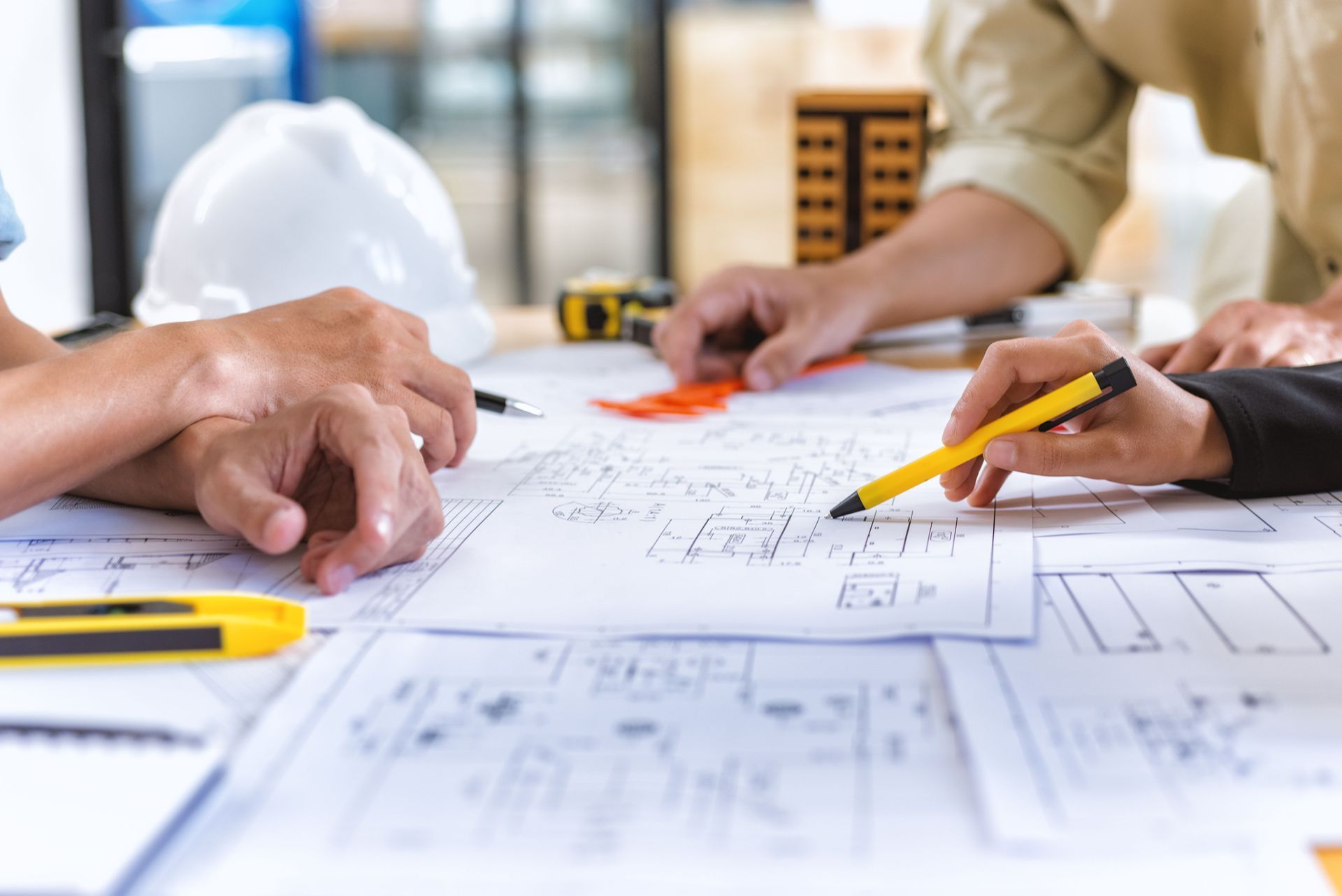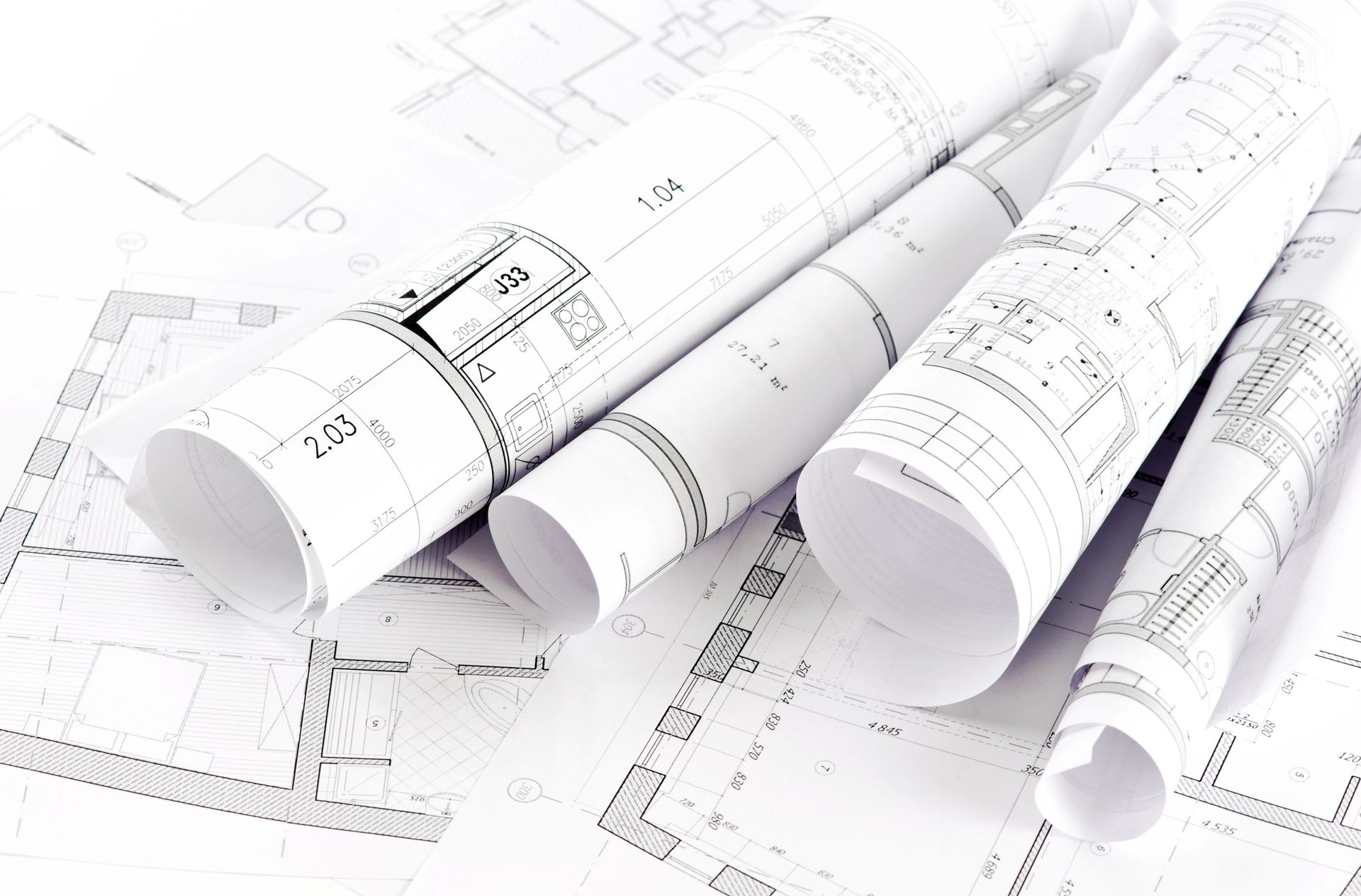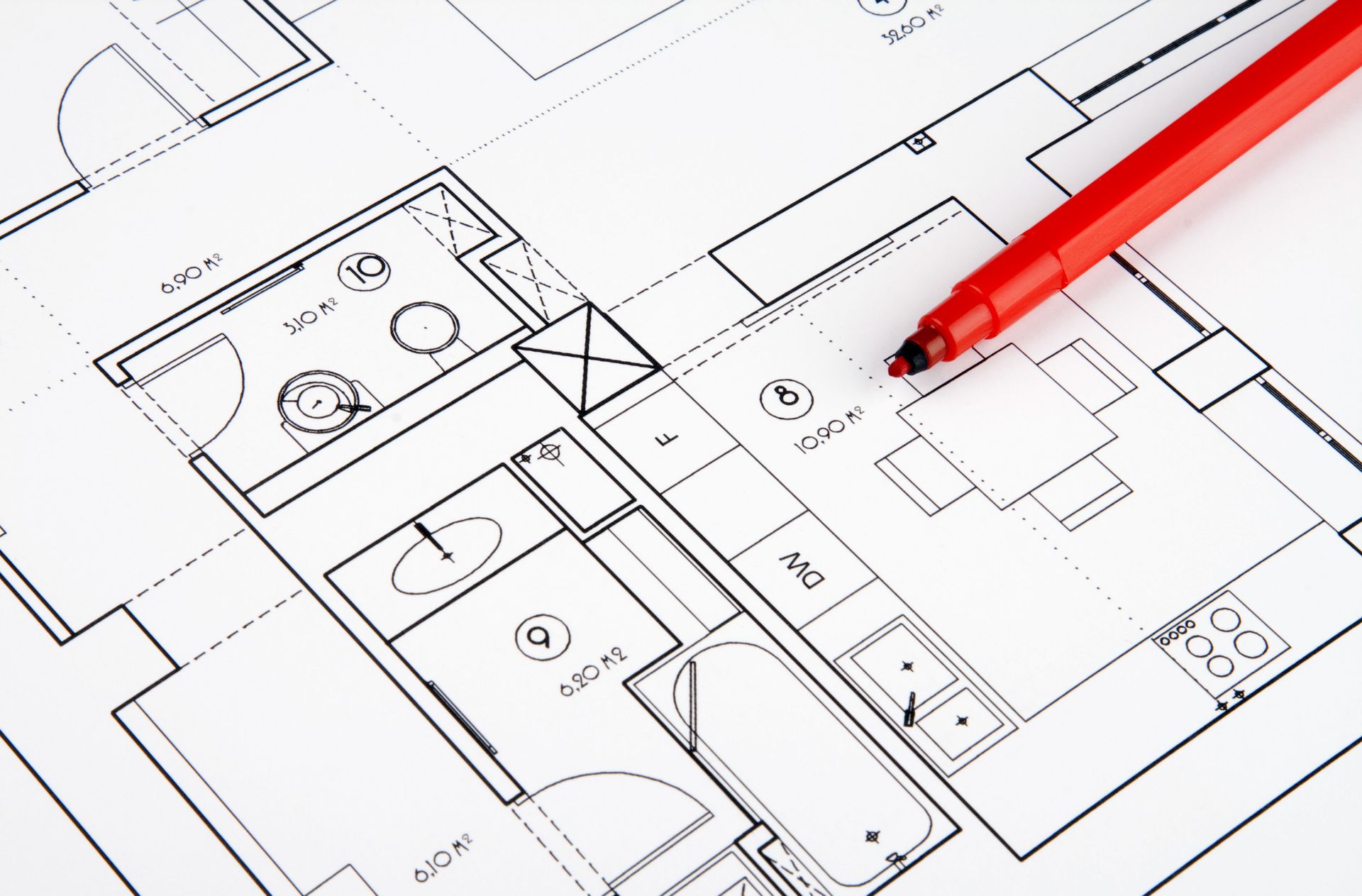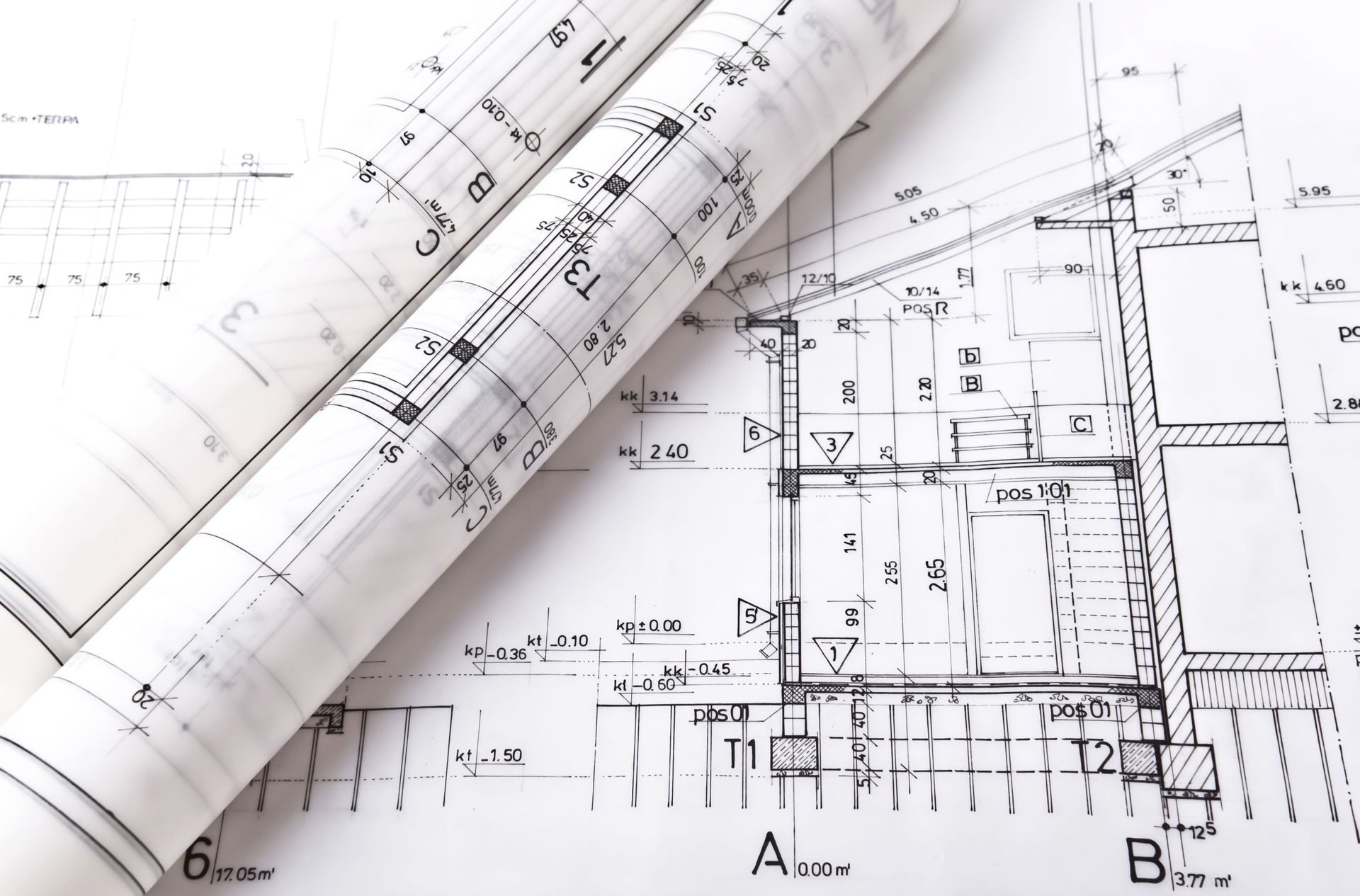Revolutionizing Structural Engineering: The Rise of Computational Design and 3D Modeling
Structural engineering has undergone significant transformations in recent decades, from the use of manual calculations and drafting to embracing digital innovations. The rise of computational design and 3D modeling is reshaping how engineers approach design, analysis, and construction. These technologies bring new levels of precision and creativity, positioning structural engineering for a future of enhanced functionality and sustainability. As we progress further into the digital age, these technologies will continue to expand the boundaries of what is possible in structural design.
The Evolution of Structural Engineering
Historical Perspectives and Milestones
Structural engineering has evolved over centuries, from the construction of the Egyptian pyramids to the development of steel and concrete, enabling the rise of modern structures like skyscrapers and bridges. The industrial revolution introduced mechanized tools, and the 20th century brought computers, enhancing efficiency and safety in construction. Each technological leap built on prior advancements, pushing boundaries in both design and safety. From the first steel structures to the development of reinforced concrete, structural engineering has continuously sought ways to build taller, stronger, and more complex structures.
The Transition from Manual to Digital
The shift from manual drafting to digital design tools such as computer-aided design (CAD) software in the late 20th century marked a turning point in structural engineering. CAD increased design precision, while digital platforms allowed for quicker, more innovative approaches to complex structures. The advent of simulation tools further advanced the field, providing engineers with the ability to model and optimize structural designs. The introduction of Building Information Modeling (BIM) further revolutionized the industry by allowing engineers, architects, and contractors to collaborate more efficiently and effectively through shared, integrated digital models.
Impact of Software Development on the Field
The rise of powerful software has dramatically transformed structural engineering. Programs like Revit, Rhino, and Grasshopper facilitate detailed design, modeling, and analysis. These tools enable engineers to explore design alternatives, simulate complex systems, and collaborate in real time, leading to more efficient project execution. Software development continues to be crucial for addressing industry challenges and improving design practices. The integration of real-time data into these systems ensures that all parties involved have up-to-date information, helping to identify potential issues early in the process and reducing costly mistakes.
The Fundamentals of Computational Design
Defining Computational Design in Engineering
Computational design refers to using algorithms and data-driven methods to create, analyze, and optimize structures. Unlike traditional approaches, which rely on manual calculations, computational design uses advanced computation to explore a wider range of design solutions. This enables more creative, precise, and efficient structural solutions. By incorporating algorithms into the design process, engineers can examine a variety of structural configurations, improving both performance and safety in the design phase.
Tools and Technologies Driving the Change
Software platforms like Rhino, Revit, and Grasshopper have played a pivotal role in advancing computational design. These tools allow engineers to create dynamic models, rapidly test designs, and simulate real-world conditions. Integration with Building Information Modeling (BIM) further enhances collaboration and data management, making design and construction more seamless. By using these tools, engineers can now create more complex and efficient designs while minimizing the need for manual calculations and iterations. This represents a significant shift from traditional methods, which were often time-consuming and prone to human error.
Advantages Over Traditional Methods
Computational design offers several advantages over traditional design methods. It allows for faster exploration of design options, more efficient material use, and the ability to simulate potential structural issues before construction begins. This approach not only improves performance but also contributes to sustainability by reducing waste and optimizing resources. Additionally, computational design allows engineers to create designs that are both more creative and functional, opening up new possibilities for innovative structures that were previously unattainable.
3D Modeling Techniques in Structural Engineering
The Basics of 3D Modeling
3D modeling is a crucial part of the structural engineering process, providing a digital representation of a structure before construction begins. This allows engineers to visualize and refine complex geometries, identify design issues early, and make necessary adjustments. The ability to simulate real-world conditions ensures that designs are accurate and feasible. Furthermore, 3D modeling allows for real-time adjustments, making it easier to accommodate changes and modifications as a project progresses.
Software Platforms Leading the Industry
Autodesk Revit, Rhino, and Tekla Structures are among the leading software platforms used in 3D modeling. These programs integrate structural analysis and BIM, offering comprehensive solutions that streamline the design process. According to TealHQ.com, structural engineers today must embrace advanced computational design skills, utilizing software for 3D modeling and finite element analysis to optimize structures efficiently. By incorporating advanced tools for modeling and simulation, these platforms allow engineers to create innovative and optimized designs. These software platforms also facilitate collaboration among various teams, including architects, engineers, and contractors, ensuring that the design process remains seamless and efficient.
Applications in Modern Infrastructure Projects
3D modeling has become integral to modern infrastructure projects. Whether designing residential buildings, bridges, or stadiums, 3D models help engineers visualize the structure's performance under different conditions. This not only improves design accuracy but also facilitates better communication among project stakeholders, ensuring smoother coordination and fewer misunderstandings. As the complexity of projects continues to increase, 3D modeling remains a critical tool for ensuring that designs meet both functional and aesthetic requirements.
Impact on Design, Analysis, and Collaboration
Enhanced Design Capabilities and Creativity
Computational design and 3D modeling have significantly enhanced design capabilities, allowing engineers to explore unconventional forms and complex geometries that were previously unfeasible. This freedom has led to more creative, functional, and sustainable structures, blending aesthetic appeal with structural integrity. With the ability to simulate different scenarios and examine various design alternatives, engineers can now make more informed decisions, leading to designs that are both innovative and efficient.
Innovations in Structural Analysis
Advanced simulation tools enable engineers to analyze the behavior of structures under various conditions, such as seismic activity or dynamic loads. This analysis improves the accuracy of designs and helps optimize material selection, leading to safer and more cost-effective projects. Innovations in structural analysis continue to set new standards for engineering practices. By using advanced tools like finite element analysis (FEA), engineers can now predict how a structure will perform under extreme conditions, ensuring that designs are both safe and efficient.
Collaboration and Communication Improvements
The integration of computational design and 3D modeling has revolutionized collaboration in structural engineering. Real-time data sharing through digital platforms ensures that all project stakeholders have access to the latest information, reducing errors and improving efficiency. Virtual models and visualizations enhance communication, making it easier for teams to make informed decisions. This collaborative approach also promotes a more holistic understanding of the project, leading to better decision-making and more efficient project execution.
Project Management and Efficiency Gains
Computational design contributes to greater project efficiency by streamlining workflows and reducing the risk of costly rework. By identifying potential issues before construction begins, engineers can ensure that projects are completed on time and within budget. This enhanced efficiency also leads to more sustainable building practices, as resources are used more effectively. The integration of real-time data and automated processes reduces the need for manual oversight, freeing up time for engineers to focus on more critical aspects of the design process.
Education and Skill Development in the Digital Era
Skills Essential for Modern Structural Engineers
Modern structural engineers must possess proficiency in computational design, 3D modeling, and simulation tools. As the field continues to evolve, engineers must stay updated on emerging technologies and develop strong communication and collaboration skills to work effectively in multidisciplinary teams. These skills are essential for remaining competitive in the industry. Engineers also need to understand the principles of sustainable design and be able to work with new materials and technologies to meet the demands of modern construction.
The Future of Structural Engineering
Predicted Technological Advancements
The future of structural engineering will be shaped by advancements in robotics, AI, and machine learning. These technologies will streamline construction processes, enhance precision, and allow for smarter decision-making. In addition, innovations in materials science, such as self-healing concrete, will improve the durability and sustainability of structures. AI-driven tools will also play a larger role in automating design processes, improving efficiency, and predicting potential issues before they occur.
As technology continues to evolve, structural engineering practices will undergo significant changes. Digital twin technology, which enables real-time monitoring and analysis of structures, will revolutionize maintenance and lifecycle management. These advancements will increase efficiency, reduce costs, and lead to more sustainable practices in the built environment. The integration of AI and machine learning into design processes will allow for even more precise, data-driven decision-making, paving the way for a new era in structural engineering. Questions about structural engineering? Reach out to Jezerinac Geers & Associates, Inc.











Share On: